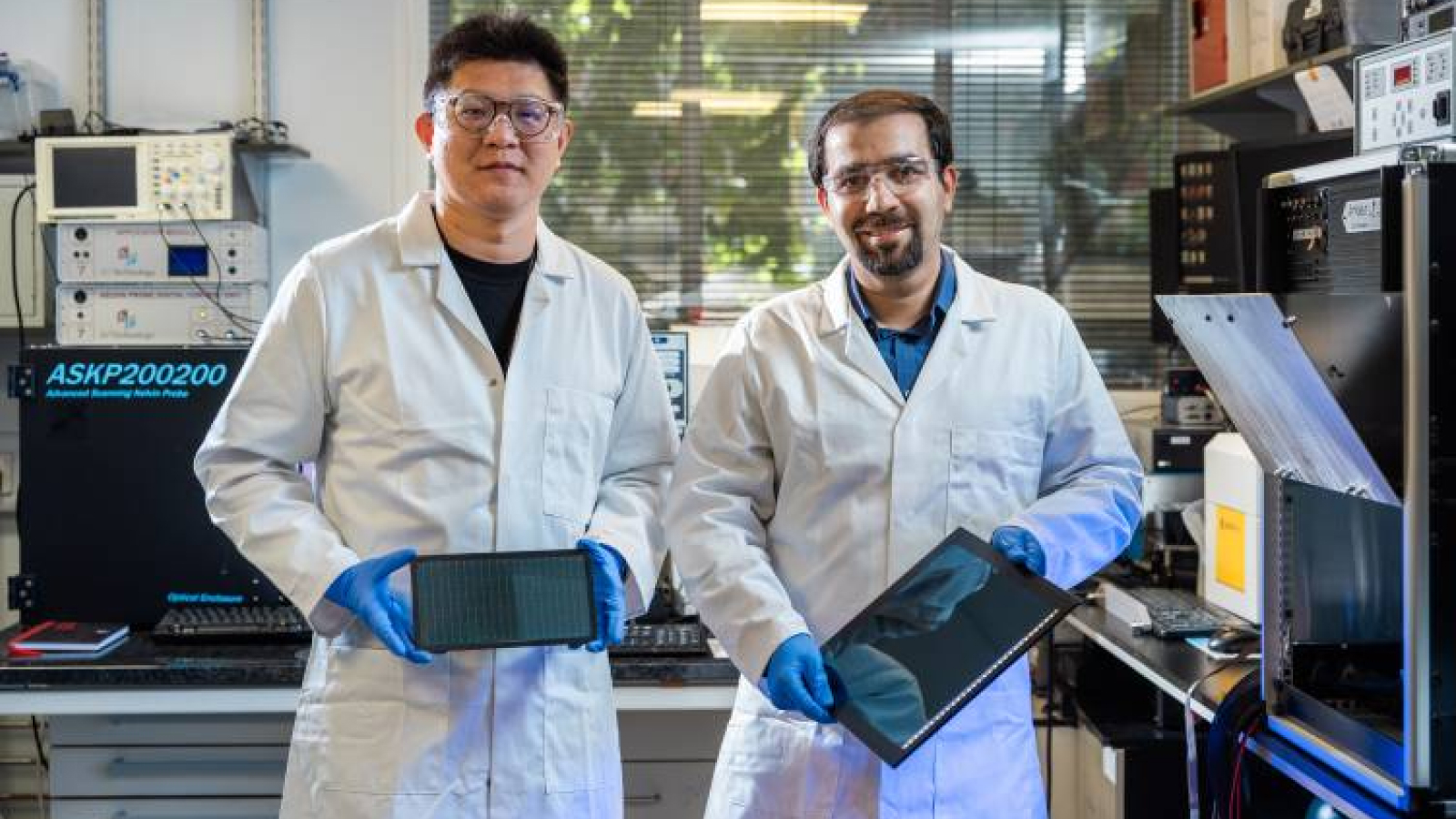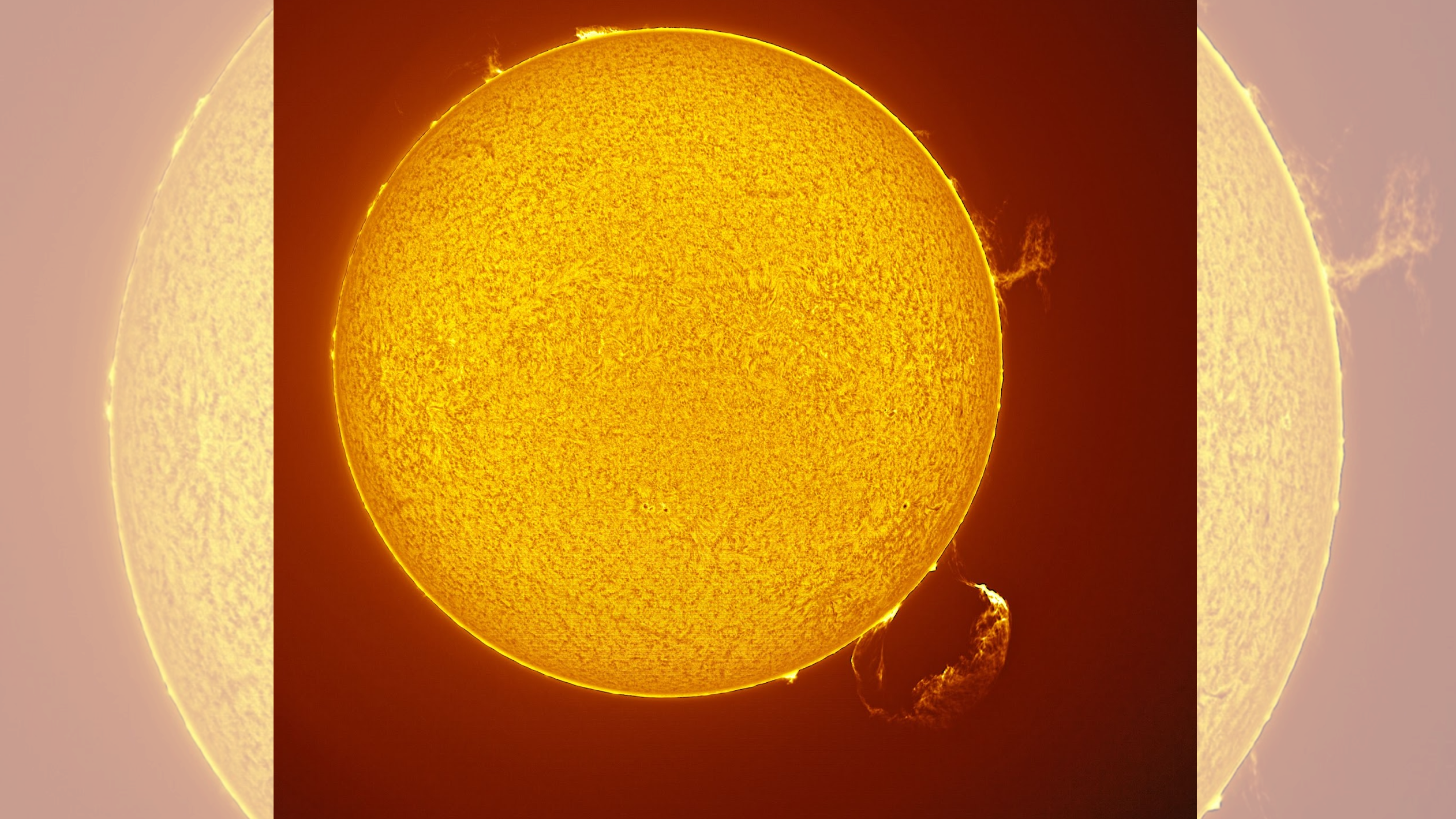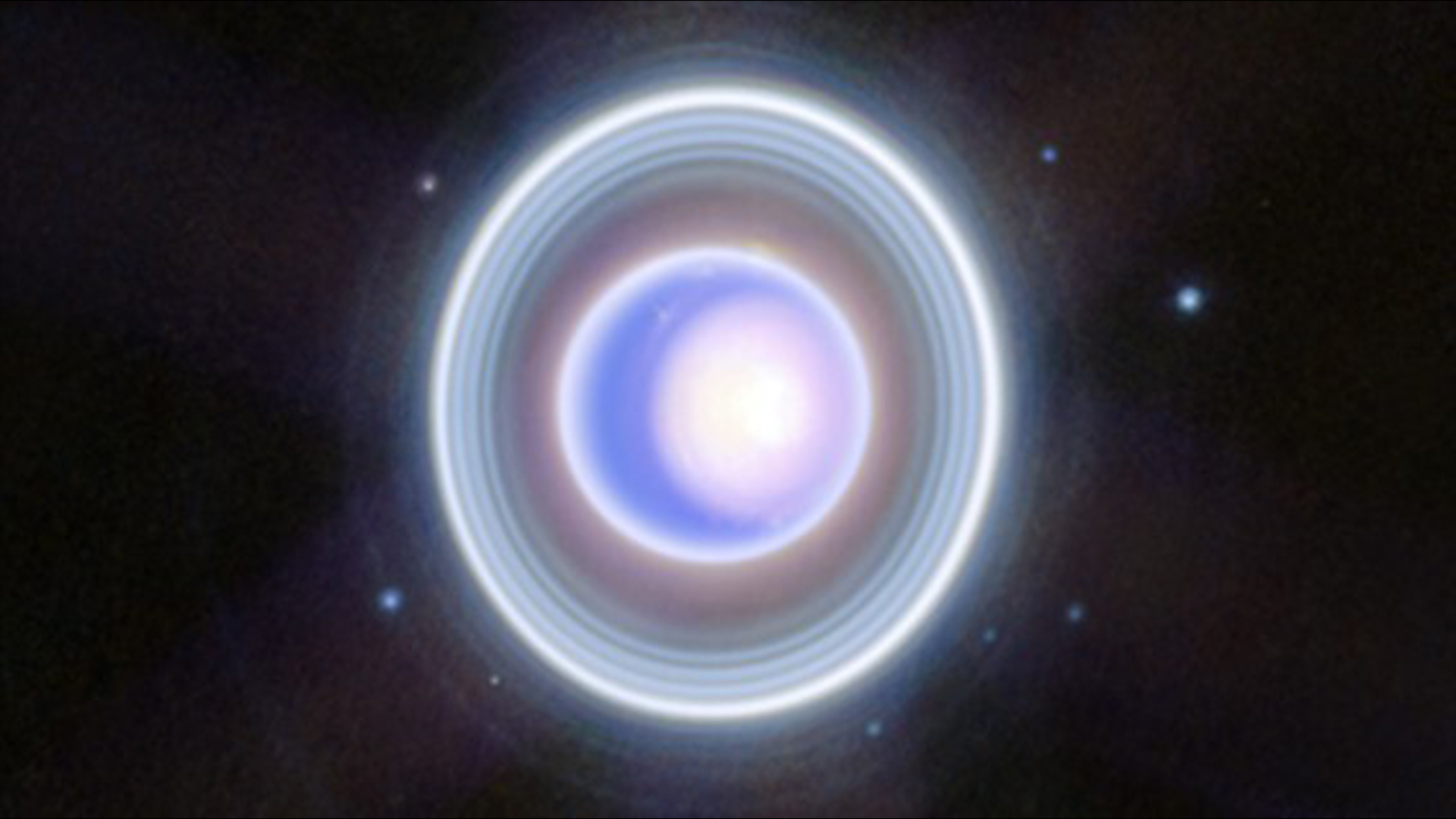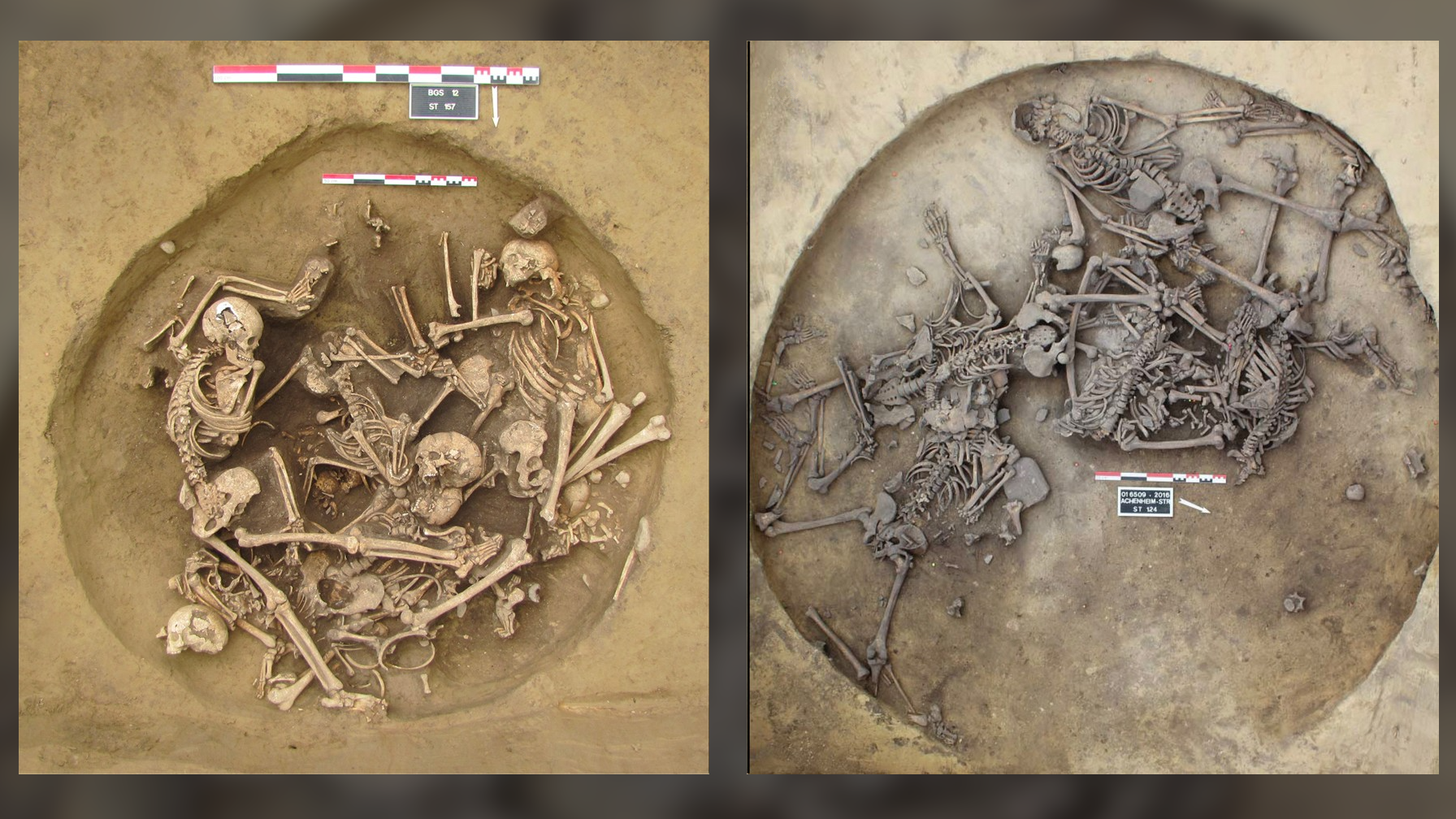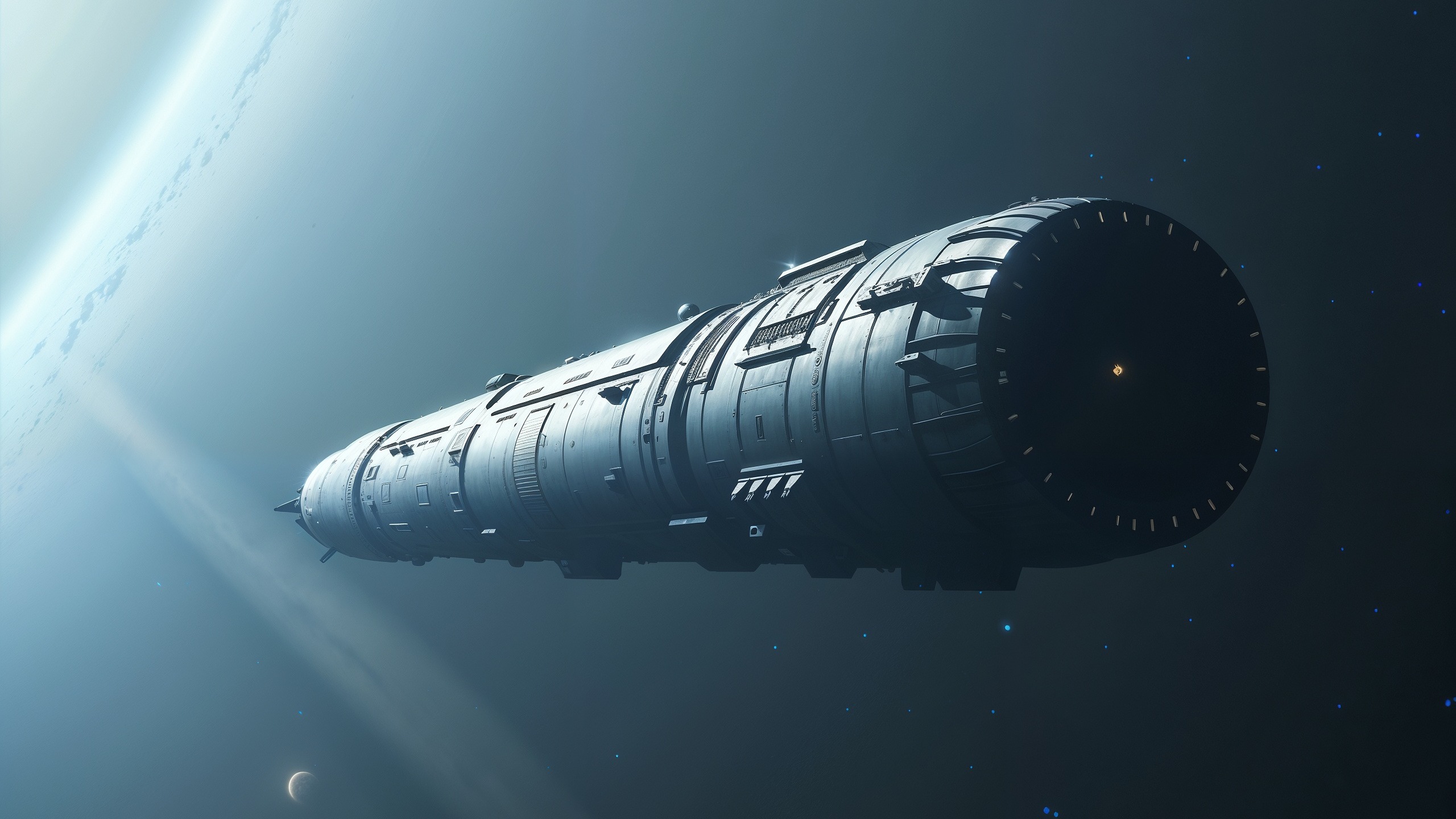Nuclear waste could be repurposed into a rare isotope necessary for nuclear fusion, which could theoretically produce near-limitless amounts of clean energy, one scientist says.
The radioactive version of hydrogen, called tritium, is not naturally readily available on Earth, is expensive to produce, and can be made in limited quantities. At the fall meeting of the American Chemical Society (ACS) this week, Terence Tarnowsky, a physicist at Los Alamos National Laboratory, suggested that tritium could be harvested from a byproduct of nuclear fission, which powers existing nuclear reactors.
Nuclear fusion is the process of combining atoms to release heat. While several fusion reactions could theoretically produce power, one of the more common ones would fuse tritium with deuterium, another isotope of hydrogen, to produce helium.
But, as of now, nuclear fusion is not possible on a commercial scale because scientists have not yet figured out how to achieve large-scale ignition — the point where a self-sustaining reaction produces more energy than is put in.
Another big barrier, though, is the cost of fuels like tritium.
“Nuclear fusion has the potential to offer emission-free, abundant energy,” Tarnowsky told Live Science. “But there’s limited availability and a high cost for tritium right now, and that presents a barrier to the technology’s success.”
Producing tritium efficiently
The first generation of nuclear fusion reactors that will contribute to the power grid will likely rely on a reaction that requires tritium, Tarnowsky said. While other fusion reactions, such as fusing deuterium and helium-3, could theoretically be harnessed to produce power, they require much higher temperatures to work and are therefore more expensive and less practical.
Gathering large amounts of tritium, though, presents a problem: The isotope is radioactive and has a very short half-life. Collections of tritium decay by 5.5% per year, “so you can’t put excess tritium in a bank and get it all in 50 years like you can with other energy sources,” Tarnowsky said.
Related: World’s largest nuclear fusion reactor is finally completed. But it won’t run for another 15 years.
For future nuclear fusion plants to be successful, a new, cheaper method of producing tritium will be necessary, Tarnowsky said. “You need to have this capability already up and running.”
Current nuclear plants rely on nuclear fission, during which atoms split apart and release energy. But fission results in significant amounts of long-lived nuclear waste. Spent nuclear fuel — fuel that once powered nuclear fission but is no longer usable — is made up of unusable uranium and plutonium, along with products of fission, like strontium and iodine isotopes, which can take up to hundreds of millions of years to decay, according to the U.S. Environmental Protection Agency.
Tarnowsky proposes generating tritium from the vast amounts of still-radioactive nuclear waste by using a particle accelerator to split the atoms in that waste. The dividing atoms would go through a series of reactions, eventually yielding tritium. The process wouldn’t eliminate nuclear waste, because the leftovers from this process would be as hazardous as the starting material, but it would get further use from this byproduct.
The basic principles of the design are not new, Tarnowsky said in a statement from ACS, but recent technological advances could make this method of producing tritium vastly more efficient.
Tarnowsky’s early calculations estimate that, using 1 gigawatt of energy — which costs at least tens of millions of dollars — this system could produce 4.4 pounds (2 kilograms) of tritium in a year. That amount of tritium, if used for nuclear fusion, could power tens of thousands of homes in the U.S. for a year.
Tarnowsky projects that this design could produce more than 10 times as much of the isotope as other methods, using the same amount of power.
“A very large paradigm shift”
Right now, the U.S. lacks a stable, predictable and cheap supply of tritium, which costs about $15 million per pound ($33 million per kilogram), Tarnowsky said in the statement. Meanwhile, we do have thousands of tons of nuclear waste, which is expensive to store and potentially harmful to surrounding environments.
“This technology is possible today,” he told Live Science. “It would be a very large paradigm shift with respect to utilizing the spent nuclear fuel that we have already, owned by the government.”
Many details still need to be worked out before Tarnowsky can create a full proposal for how this would work.
But Tarnowsky is excited that his design is being received positively now, given that nuclear accidents like those at Three-Mile Island and Chernobyl made nuclear power a taboo topic just decades ago. “The times have changed,” he told Live Science.






